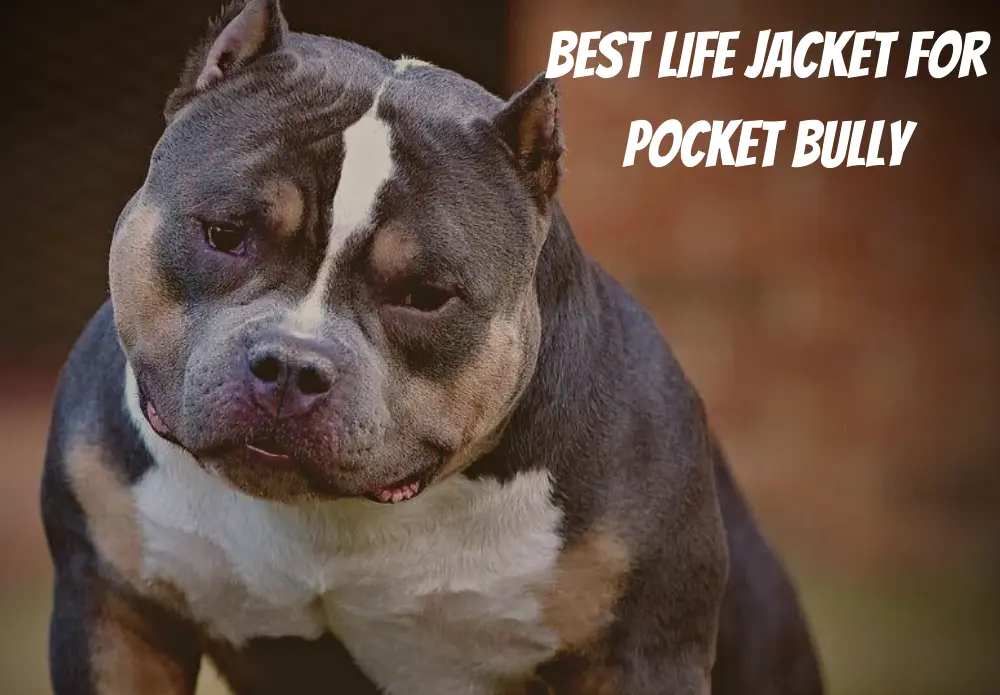The “Dog Zoomies!” are a phenomenon that only affects dogs. Being a pet owner, you may be accustomed to your dog having sudden, erratic bursts of activity, especially if they are an active breed like the Labrador Retriever.
If you are unprepared, it may come on suddenly and take you off guard, which may be overwhelming.
What are the Dog Zoomies?
Frenetic Random Activity Period (FRAP) is the official name for this canine occurrence. However, the phrase “Dog Zoomies” is far more entertaining and sounds much more in keeping with the Labrador Retriever community. The Dog Zoomies are a few brief bursts of your dog’s unbridled, spontaneous energy and excitement.
Your dog could gallop around in circles, side to side, or straight at you! They typically give off the impression that they are slightly out of control and powerless to stop it as it is happening.
In addition to having “wild eyes” and a tail-tucked expression of eagerness, they appear to be having a great time. According to the American Kennel Club, The Dog Zoomies are often only a minute or two long from beginning to end.
Zoomies can affect any dog breed, not just Labrador Retrievers, and are more common in puppies and breeds recognized for having high energy levels. Watching a large breed dog, such as a Labrador Retriever, exhibit the Dog Zoomies for the first time in your pet can be a little terrifying.
Depending on whether there are any young children nearby or whether you’re in a relatively constrained space, moving at such a fast rate of speed is also risky. Let’s go over some specifics on recognizing and responding to a Dog Zoomies episode when it occurs.
What Are the Signs That Your Labrador Might Be Experiencing the Zoomies?
The first telltale symptom is a sudden rush of action and excitement from your Labrador that is simultaneously humorous and alarming.
You understand what I’m talking about if you have a Labrador. Your Lab will tuck its tail and run across the room at extremely high speed. It can occur seemingly out of the blue, shockingly suddenly, and often without much notice.
The Dog Zoomies will cause Labradors to jump across furniture, slide into walls, and destroy anything in their path. We’ve seen overly enthusiastic Labradors jump over the top of furniture and up the sides of walls to release their pent-up energy.
They often have little control over their direction or travel during an episode and won’t pay much attention to impediments.
Important Information About Dog Zoomies
The following are some other crucial details to be aware of regarding Zoomies:
- Households with multiple dogs may have more extreme Zoomie effects, in which one dog overexcites another. When one dog gets the Zoomies, the other dog might join in.
- Dog Zoomies can happen after a thrilling experience, such as playing with another dog, having guests over, going to the pool, or dog park, taking a bath, or taking a vehicle ride.
- Be cautious that playing in the water might also cause the Zoomies to start because Labs often enjoy swimming and being in the water!
- When giving your dog exciting or novel special foods, especially the first time, be careful because sometimes food or treats might cause canines to experience the Zoomies. We’ve seen this with birthday presents and special treats like our Labradors’ favorite Starbucks Puppuccino!
What to Do if Your Lab Experiences an Episode of Dog Zoomies?
We have some advice for you if you want to reduce the probability that your dog may get a case of the Dog Zoomies or if you want to know what to do if it does.
The most crucial tactic is providing your dog with daily exercise and physical activity. Playtime can include fetch matches, regular walks, or other activities.
A worn-out Labrador is less prone to have Dog Zoomies and will be simpler for you to control at home. If your dog is a Labrador, you should know that they are a very active breed that needs lots of exercise.
If and when you should experience a case of the Dog Zoomies, we also advise the following additional measures:
- Have a training phrase you can use with your Lab to help stop or regulate the unexpected burst of energy you’ve practiced beforehand. To teach your dog to use a word for redirection, try “treat,” “calm,” or a similar phrase.
- Like all facets of Labrador life, planning is essential. Prepare for this in advance of when you will need it.
- If other dogs are involved or excited, something like “sit” might be too tricky for your very energetic Lab to respond to instantly.
- We have used this word successfully to assist in curbing a sudden outbreak of the Dog Zoomies when there is a safety risk, or you need them to halt immediately because many savvy Labradors will stop in their tracks if someone says they are hungry.
- Recognize the situations that seem to set off your dog’s Zoomies, such as car rides, playtime with other dogs, or bathtime.
FAQs – Frequently Asked Questions
Do dogs grow out of Zoomies?
Most dogs outgrow zoomies as they age, and not all puppies exhibit this peculiar behavior. Until the behavior is outgrown, most owners tend to notice a pattern, either by noting a zoomie attack at roughly the same time each day or as part of some other routine.
Why are Labradors so energetic?
Because Labrador Retrievers were developed as working dogs, they are enthusiastic and very physically and mentally active. So remember that adult dogs require at least two hours of daily exercise and cerebral stimulation. Like any dog, you must ensure they are trained and socialized as puppies.
What age do puppy crazies stop?
Most pups begin to calm down as they get older, typically about 12 months, while for larger breeds, it may happen more frequently between 18 months and two years.
Conclusion
Dog Zoomies are a strange aspect of dog life that you might encounter, but most of the time, neither you nor your dog is harmed. The more activity your dog gets, the less likely the Zoomies will visit you, especially if they are high-energy types like Labrador Retrievers.
But if and when it does, step aside, clear a path, and create a safe area. Soon enough, it will be over, and your Lab will start battling you for the couch.






